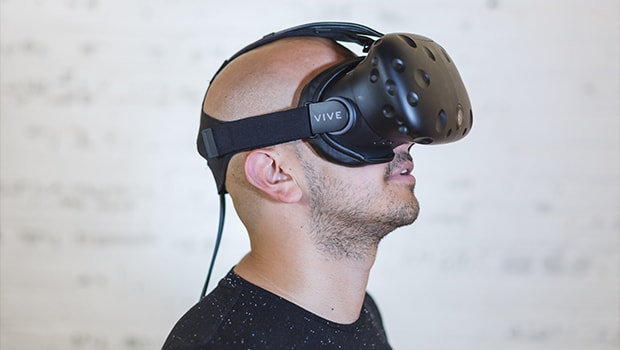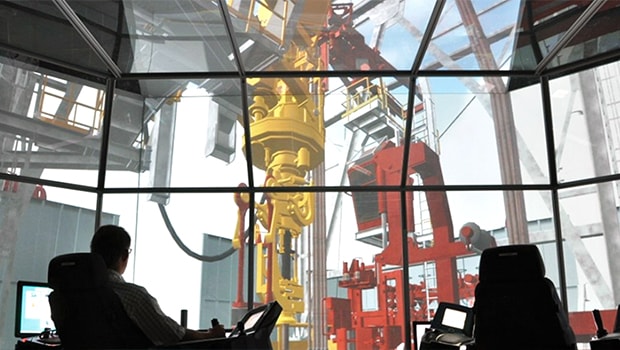
The Growing Importance of Virtural Reality in Industrial Applications
It’s a burning question in the technology industry: is Virtual Reality (VR) short-term fad, or is it here to stay? It’s now becoming clear that there is a path being laid out for the future of VR, both in the commercial and gaming worlds. We are seeing more and more game developers teasing VR titles in their future plans, and now in industry, many different sectors are forging ways to benefit from this new, unique and exciting technology.
One key reason for the rise in industrial application VR use cases is the immersive experience it provides. With VR, you become free from the distractions around you and focused entirely on the experience being displayed right in front of your eyes – this has a huge significance for training applications. The education sector is reporting big improvements in knowledge retained by students using VR when compared to traditional classroom training, and are actively incentivising the development and uptake of VR training material to support its use.

In the training and simulation market, we see a similar pattern emerging. In fact, the Armed Forces have been using VR technology for many years to perform training and simulation. The stakes are so high in the defence and security sector that they have in effect paved the way for commercial VR by funding the early development stages of costly combat training solutions! But in reality, these costs seem insignificant when compared to the lives saved through using the technology to train soldiers.
In addition, the healthcare industry has interestingly experienced such varied and also unexpected reactions to the immersion provided by VR, that all sorts of use cases have been adopted ranging from surgeon training and pain relief, all the way through to the treating of symptoms!

Another advantage of VR is the ability to visualise designs. Architects, engineers and construction professionals are benefiting from seeing their visions come to life in the virtual world – it provides a true sense of scale and control over the creation which is not viable when using 2D displays.
As tools expand to adopt and allow full control through VR, I would be highly surprised if we didn’t see the development process move to Augmented Reality (AR) in the coming years – that’s right, AR! In this instance, there are key advantages such as cooperation on projects which mean that AR is better suited than VR in this space, but until head-mounted AR displays are more readily available, VR provides an excellent and effective alternative.
The recent increase in adoption of VR in the gaming market will see more users experiencing the techology. Inevitably, this means that more and more people will put their minds to other use cases for the tech to drive industry adoption even further. I, for one, look forward to seeing how the technology evolves and unfolds, in the hope that one day I can experience a true Star Trek style holodeck experience!

